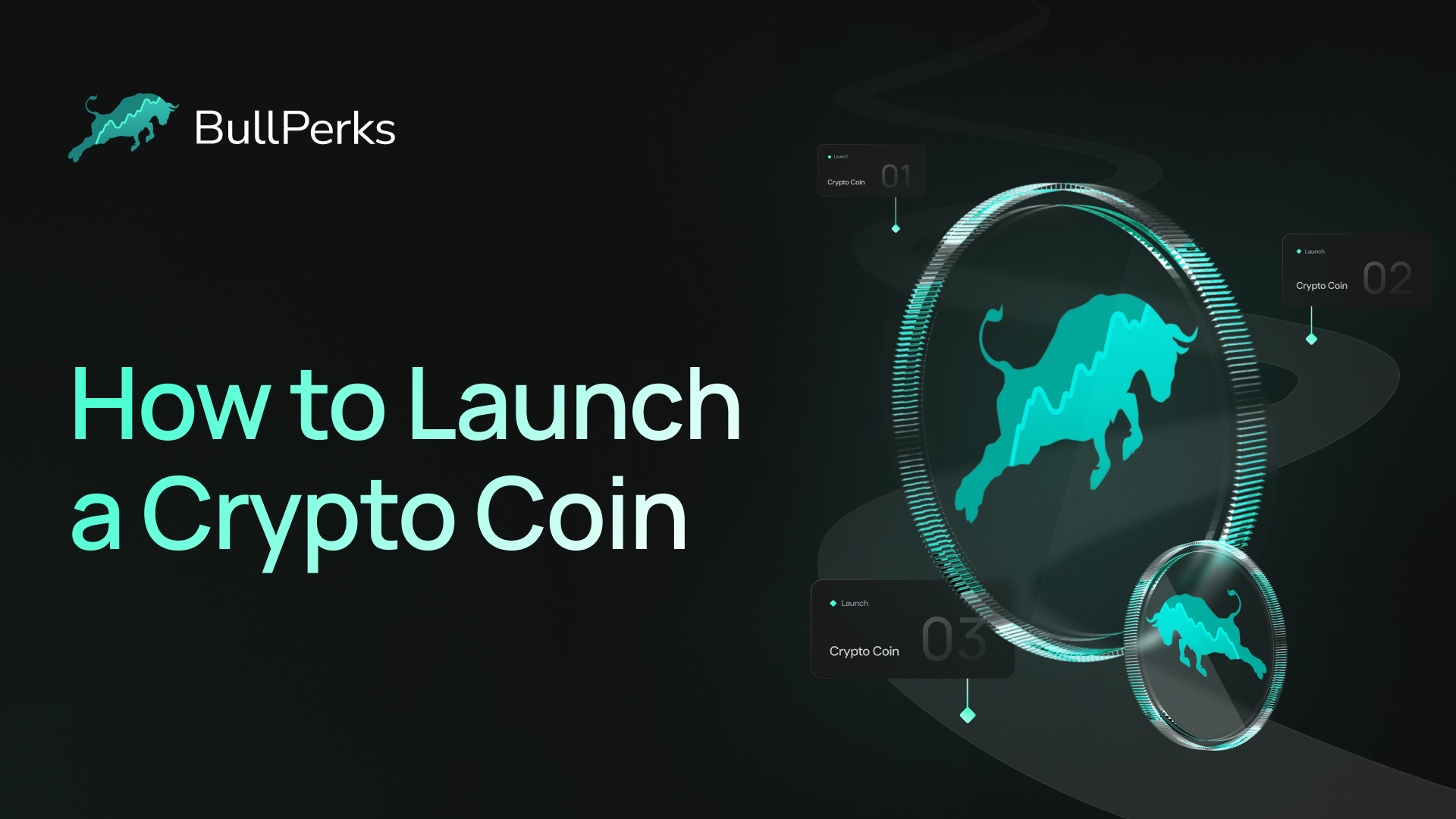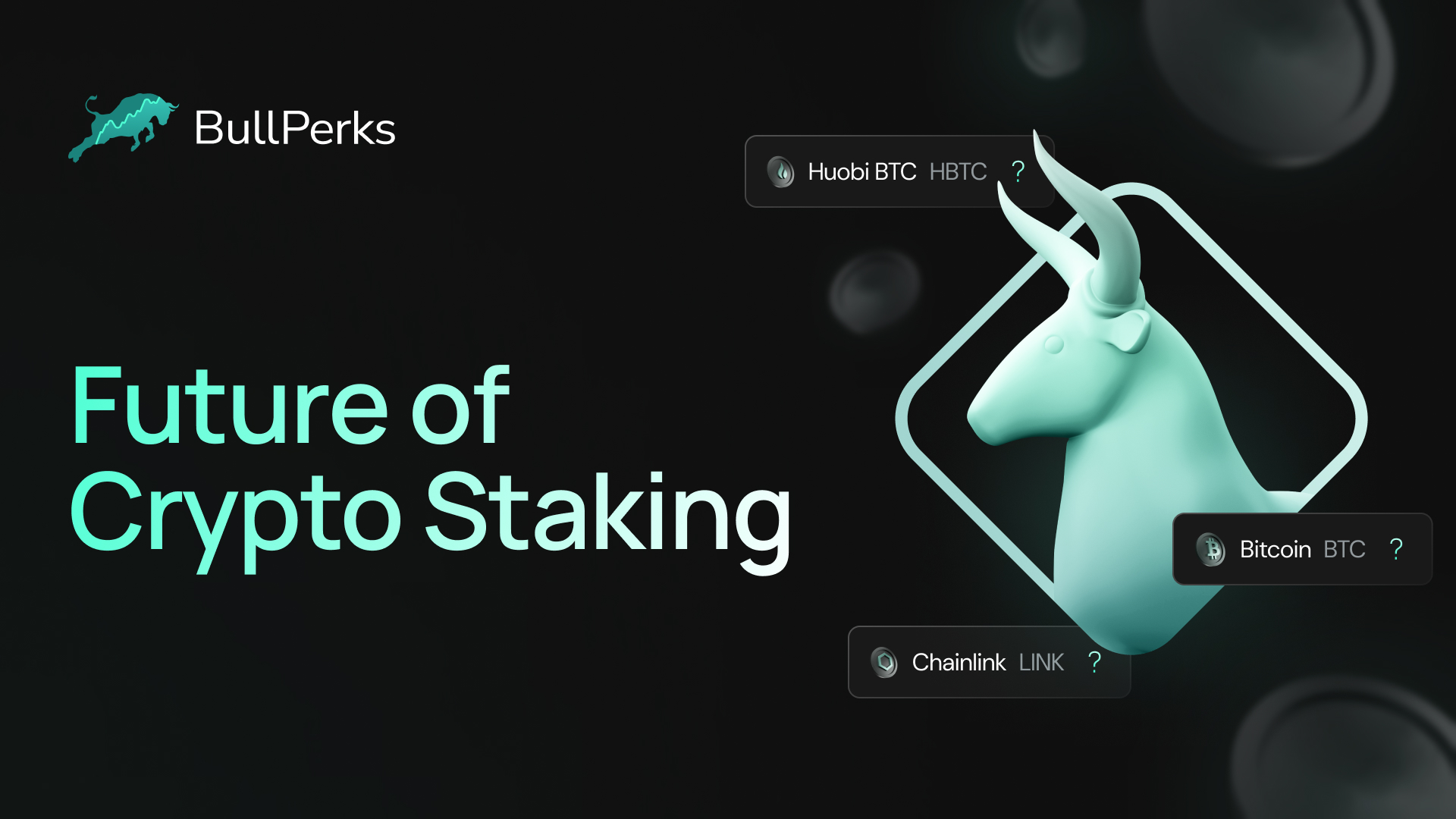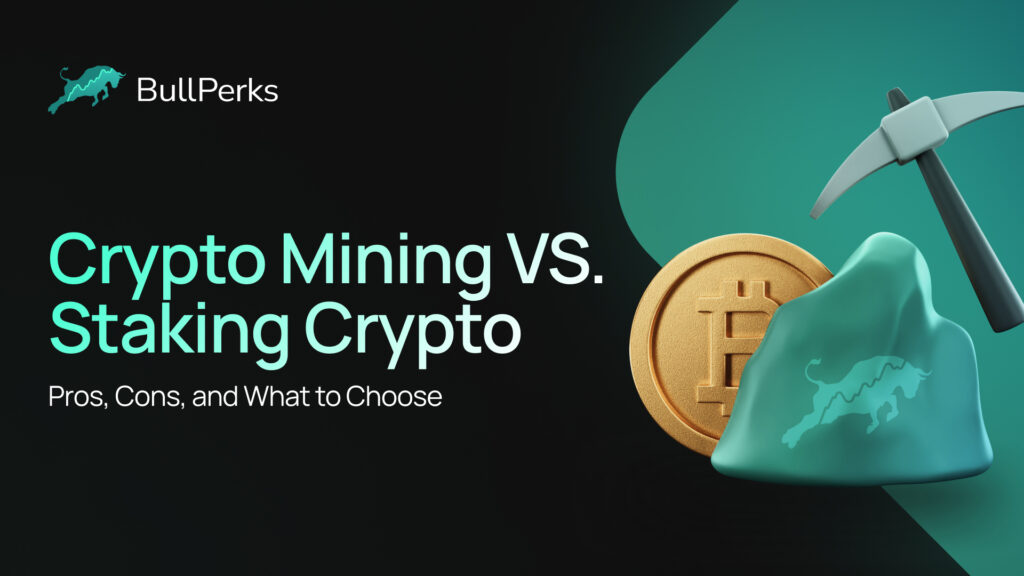
In the dynamic realm of cryptocurrencies, two prominent methods of maintaining blockchain networks have emerged - crypto mining and staking. Both play a crucial role in ensuring the security, decentralization, and functionality of blockchain networks. This article aims to comprehensively compare these two processes, highlighting their pros and cons to help users make informed decisions based on their preferences and goals.










Understanding Cryptocurrency Mining
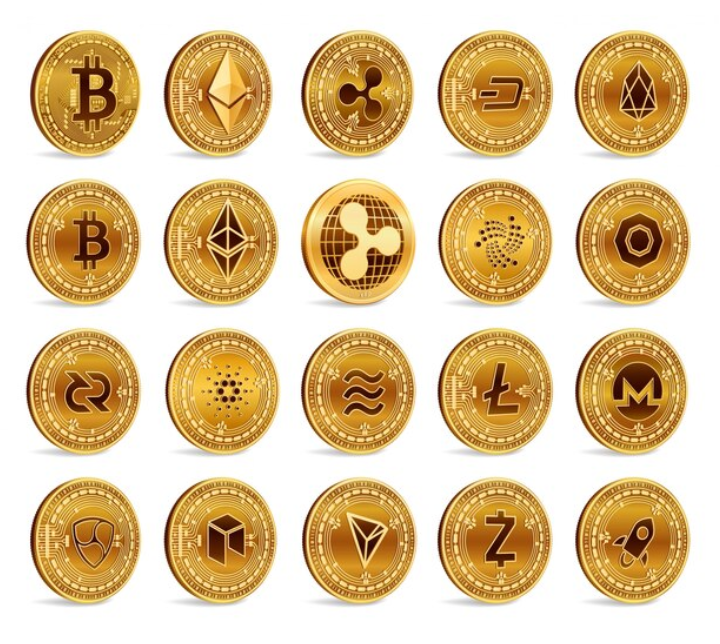
Source: Freepik
Crypto mining is a fundamental process in blockchain technology that plays a vital role in securing and maintaining a decentralized blockchain network. It involves participants, known as miners, dedicating computational power to solve complex computational problems to validate transactions, create new blocks, and contribute to the overall security and functionality of a selected blockchain protocol.
How mining works
At its core, crypto mining is the process when blockchain network participants solve cryptographic puzzles to validate transactions, add new blocks to a blockchain network, and receive mining rewards. Miners have to dedicate a specific amount of computing power to solve cryptographic puzzles and to perform a specific amount of work. This is why the mechanism employed in mining is called the proof of work consensus mechanism.
The Bitcoin network and the proof-of-work consensus mechanism
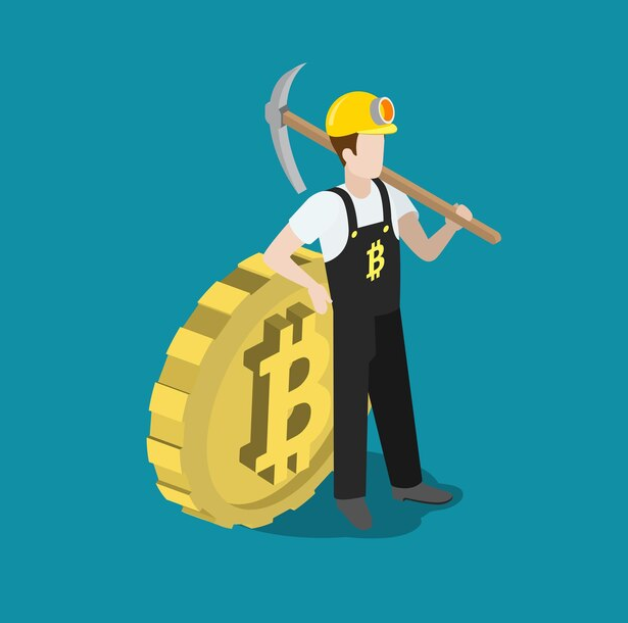
Source: Freepik
The Bitcoin network utilizes a consensus mechanism called proof of work (PoW). The Bitcoin network is among the most demanding for miners due to the high price of this digital currency. Miners have to use specialized equipment to confirm new transactions - something that makes Bitcoin mining a very energy-intensive process.
In return, they receive newly minted coins and transaction fees paid by those who send the funds to compensate them for the costs of mining and their efforts. With it, miners also ensure network security as they achieve consensus based on predetermined rules and prevent funds from double-spending.
How the PoW works
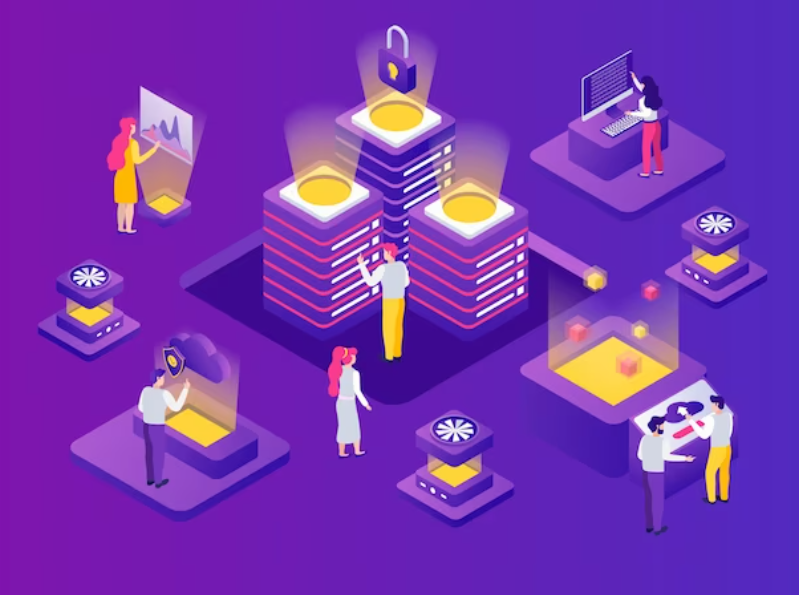
Source: Freepik
The most common mechanism employed in mining is the Proof of Work (PoW) consensus algorithm. Here's an overview of how mining based on the PoW consensus mechanism works.
Users initiate transactions on the blockchain, and these transactions are broadcast to the network.
After that, the transactions are grouped into blocks by miners. Miners compete to solve a cryptographic puzzle associated with the block. The first miner to solve the puzzle gets the right to add the new block to the blockchain.
The PoW mechanism requires miners to find a nonce (a random number) that, when hashed with the block's data, produces a hash that meets certain criteria. Finding this nonce requires significant computational effort and is a probabilistic process. Miners essentially compete to find the solution first.
Once a miner successfully solves the puzzle, they broadcast the solution to the network. Other nodes in the network verify the solution, and if it's correct, the new block is added to the blockchain. The miner who successfully mined the block is rewarded with newly created cryptocurrency coins and transaction fees.
Challenges and Considerations of the Proof of Work Consensus Mechanism
The PoW consensus mechanism, even though being one of the safest ways to ensure the network's security and decentralization, is very demanding in many regards. In other words, mining requires a lot of resources and causes a lot of concerns.
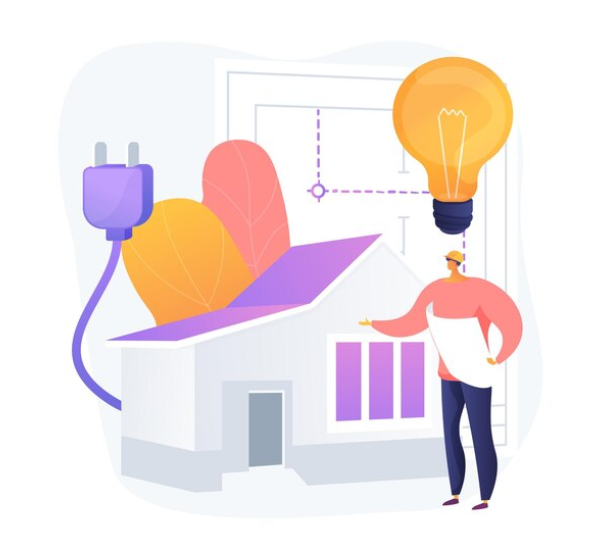
Source: Freepik
Computing power
Crypto mining involves solving complex mathematical problems to ensure blockchain network security and validate transactions. This task demands substantial computational power. Mining cryptocurrency often requires specialized hardware, such as Application-Specific Integrated Circuits (ASICs) or Graphics Processing Units (GPUs), to perform these calculations efficiently and earn mining rewards.
Electricity
Crypto mining requires a lot of energy and thus, comes at a cost. Mining operations, especially those utilizing PoW algorithms, can be energy-intensive and contribute to environmental concerns.
Internet connectivity
Miners need a stable and reliable internet connection to communicate with the blockchain network, validate transactions, create new blocks, and broadcast their solutions.
Crypto mining does not only require significant resources but also is connected with some concerns.
Centralization concerns
The high computational power and electricity requirements for crypto mining can lead to centralization, with larger, well-funded entities having a competitive advantage.
Environmental impact
PoW mining requires a lot of energy and this is why it has been criticized for its environmental impact. This has led to the exploration of alternative consensus mechanisms, such as Proof of Stake (PoS), which requires significantly less energy.
Constant evolution
Mining is a dynamic field, and miners need to stay updated with the latest hardware and software developments to remain competitive and earn rewards in the form of new coins.
Cryptocurrency mining is a crucial component of blockchain networks, ensuring transaction security and decentralization. While it faces challenges such as resource consumption and centralization concerns, ongoing innovations and the exploration of alternative consensus mechanisms aim to address these issues and make mining more sustainable in the long run.
Understanding Cryptocurrency Staking

Source: Freepik
Crypto staking is a key process in blockchain networks, especially those utilizing the Proof of Stake model and its variants for validating transactions. Crypto staking involves locking up a certain amount of crypto assets as collateral to support the blockchain network operations, validate transactions, and create new blocks. This process enhances security, decentralization, and overall efficiency if we compare the crypto mining vs staking process.
How crypto staking works
In a proof of stake-based blockchain, validators are chosen to create new blocks and validate transactions based on the number of crypto assets locked in a special staking wallet. Validators lock these crypto assets as an initial investment to get the right to validate transactions and earn rewards in the form of fees and staking rewards. A staking account can be compared to a savings account in a bank.
The selection process is often proportional to the amount of cryptocurrency held by the staker—more coins staked increase the likelihood of being chosen as a validator and thus earn more.
How to participate in crypto staking and earn staking rewards
To participate in staking, users need to hold a certain amount of the cryptocurrency in a compatible crypto wallet.
The staked coins act as collateral, incentivizing participants to act honestly and in the best interest of the network. If a validator behaves maliciously, a significant amount or even the entire sum of their staked coins may be forfeited.
How to validate transactions and create new blocks
Validators take turns proposing and validating transactions and combining them into blocks. The probability of being chosen to validate a block is directly related to the amount of the initial investment in the network in the form of the same cryptocurrency staked.
Validators who successfully validate a block are rewarded with staking rewards, typically in the form of additional cryptocurrency.
Staking rewards
Stakers are rewarded for their participation in network maintenance, the decision-making process in some networks, and validation through staking rewards.
These rewards can consist of newly minted cryptocurrency coins, transaction fees, or a combination of both.
Some staking platforms allow users to compound their staking rewards by automatically reinvesting them to increase the staked amount. Compound staking can accelerate the growth of staked holdings and, consequently, increase the potential for earning more rewards over time.
The main benefits of staking
The main benefits of staking vs mining are very significant. The most important of them are the following.
Energy Efficiency: Crypto staking requires less energy than mining requires. The Proof of Stake PoS-based networks are known for a very low level of energy consumption as they do not require the same level of computational power and electricity.
Decentralization: Crypto staking contributes to decentralization by allowing a diverse set of participants to be involved in network maintenance. The more coins staked, the more influence a participant has, promoting a fair and distributed consensus.
Network's security: Staking enhances the security of the proof of stake network by aligning the incentives of participants with the overall well-being of the blockchain and crypto space. Validators have a vested interest in maintaining the integrity of the network, as malicious behavior can result in significant losses.
Key Differences Between Staking vs Mining
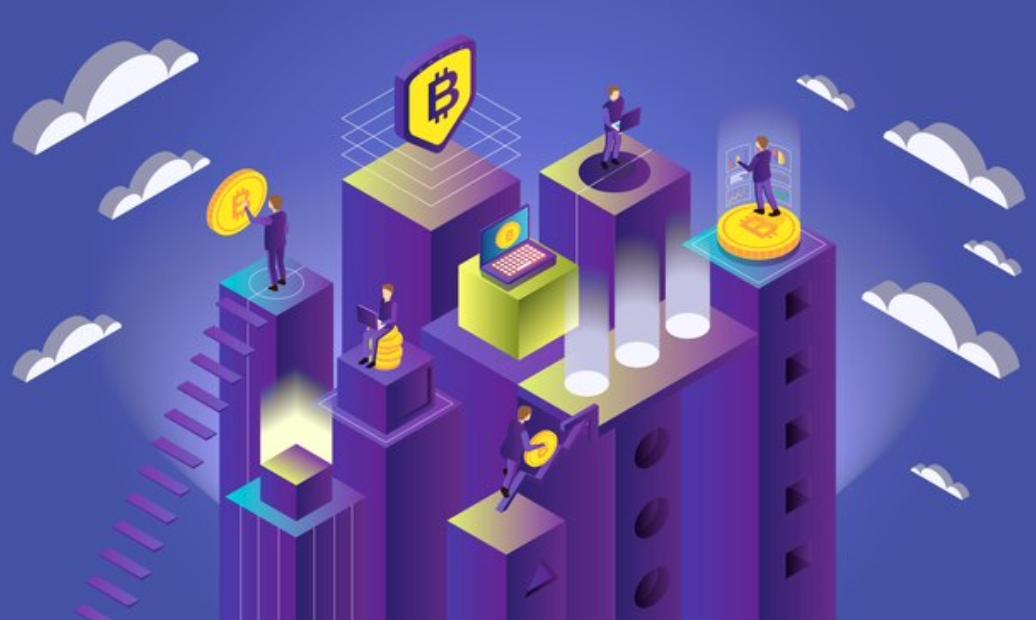
Source: Freepik
Here is a comparison of the two mechanisms, staking vs. mining, in terms of resource requirements, potential returns, environmental impact, and accessibility for average users.
Environmental impact
Proof of Work mining, such as Bitcoin mining, is known for its high energy use due to the intensive computational processes involved. It can contribute to a significant carbon footprint, especially when powered by non-renewable energy sources.
Proof of Stake (PoS) and similar consensus mechanisms generally have lower energy consumption compared to PoW, making staking more environmentally friendly. Staking is considered a greener alternative, as it doesn't require the same level of computational power, reducing its overall carbon footprint. This is one of the main factors that contributes to the PoS popularity.
Economic considerations
Mining can provide variable and unpredictable returns due to factors such as mining difficulty, market prices, and operational costs. Investment in specialized hardware, electricity, and cooling systems can incur substantial operational costs.
Staking rewards are generally more predictable, providing a steady income stream over time. While there are costs associated with acquiring and holding the staked cryptocurrency, they are typically lower than the operational costs of mining even in the cases when a lock-up period is long.
Risk assessment
Mining profits are susceptible to cryptocurrency price fluctuations of mined cryptocurrency, affecting the overall profitability of mining operations and impacting the value of block rewards. Miners face the risk of hardware failures, cyber-attacks, and the need for continuous upgrades to remain competitive.
Staking is also influenced by market prices, but the steady issuance of staking rewards can offset some of the volatility. Stakers face fewer hardware-related risks, but there's always the potential for vulnerabilities in the underlying blockchain network.
Accessibility and participation
When comparing staking and mining in the matters of accessibility and participation, we can see that mining can be less accessible due to the need for specialized hardware, need for technical knowledge, and substantial upfront investment. The barriers to entry are high, limiting participation to those with significant financial and technical resources.
Staking is generally more accessible, requiring users to hold a certain amount of cryptocurrency in a compatible crypto wallet. The entry barriers are lower, allowing a broader range of participants to engage in network maintenance, and no specific technical knowledge is needed.
The Future of Mining and Staking
When speaking about the future of mining vs staking, several trends are to be considered.
Future trends in mining
The environmental concerns associated with Proof of Work (PoW) mining, particularly its energy consumption, may drive the industry toward more energy-efficient consensus algorithms or hybrid models.
Mining operations may increasingly adopt renewable energy sources to address environmental sustainability concerns. Initiatives focusing on green mining and the use of renewable energy are likely to gain traction.
Mining hardware is likely to continue evolving, with a potential shift towards more specialized and energy-efficient devices, improving overall mining efficiency and reducing operational costs. Considering the safety level that blockchains running on the proof of work consensus mechanism offer this development may become crucial in popularizing this consensus mechanism.
The integration of mining into decentralized finance (DeFi) platforms and the use of DeFi protocols where each process is controlled by a smart contract might become more prevalent, offering new opportunities and use cases for miners.
Future trends in staking
PoS and its variants are likely to gain more prominence as environmental concerns drive the shift away from energy-intensive PoW mechanisms.
With the increasing popularity of staking, a broader range of cryptocurrencies and blockchain projects may introduce staking functionalities, providing users with more options for participating in network validation.
Staking is likely to play a crucial role in the DeFi ecosystem that runs on DeFi protocols, where users can stake assets to earn yields, contribute to liquidity pools, and participate in various decentralized financial activities to generate passive income. Everything is regulated by smart contracts without the intervention of third parties - a factor that contributes to the decentralization of the ecosystem and makes staking popular.
Continued innovation in staking mechanisms may lead to the development of new consensus algorithms and governance models, enhancing the security and efficiency of staking networks. There are already several variations of this consensus mechanism, and new projects explore new ways to add to decentralization, safety, and scalability by introducing new aspects to the proof of stake model.
Overall trends
Future blockchain projects might explore hybrid models that combine the strengths of both mining and staking to achieve a balance between security, decentralization, and energy efficiency.
Evolving regulatory landscapes may impact both mining and staking activities, influencing how these processes are conducted and regulated in different jurisdictions. At the moment, special attention of many regulators is paid to mining due to its impact on the local economies but over time, staking won't be able to escape the attention of regulators, too.
Ongoing technological advancements, such as improvements in scalability, interoperability, and user interfaces, may make both mining and staking more accessible to a broader audience.
User preferences and community sentiments will likely continue to shape the direction of mining and staking. Factors like environmental sustainability, ease of participation, and potential returns will play crucial roles in determining the popularity of each method.
In summary, the future of mining and staking is expected to be influenced by a combination of technological advancements, environmental considerations, regulatory developments, and community preferences. The industry is likely to witness ongoing innovation as it strives to address challenges and adapt to evolving trends.
Conclusion
In conclusion, the choice between mining and staking depends on individual preferences, financial resources, and environmental considerations. Staking is gaining popularity for its sustainability and accessibility, while mining remains a proven method with a history of contributing to blockchain security.
Both approaches have their merits and risks, and users should carefully weigh these factors based on their goals and circumstances. As the industry evolves, technological advancements and shifting trends will likely continue to shape the landscape of staking and mining within the blockchain ecosystem.
Would you like to start investing in the most promising crypto projects? Learn how to invest with BullPerks, the fairest and most community-oriented decentralized VC and multichain launchpad!
Disclaimer. This material should not be construed as a basis for making investment decisions or as a recommendation to participate in investment transactions. Trading digital assets may involve significant risks and can result in the loss of invested capital. Therefore, you must ensure that you fully understand the risk involved, consider your level of experience, investment objectives, and seek independent financial advice if necessary.










